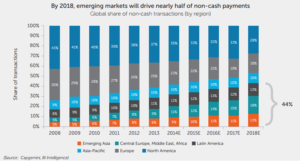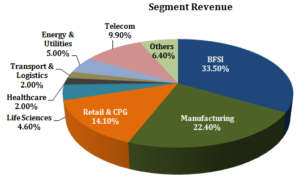5 Year Nifty Performance
by Rajat Sharma | May 04, 2016
The table below showcases 5 year Nifty performance.
Note: This is based on the current constituent companies of the Nifty.
Let me rearrange the above chart in descending order of returns. The results do tell a story:
Interesting Facts:
- 39 of the 50 Stocks have risen over the past 5 year period.
- During the same period the benchmark Nifty appreciated by 31.4%.
- Sectors that performed well – Private banking, IT, Automobiles and Pharmaceuticals.
- Under-performance – Oil & Gas (keep in mind that Cairn India was part of the Nifty until a few months back), Metals, Infrastructure and Power.
- The top 30 companies in the chart above have each grown at a CAGR of 10%+. Making stocks of each of these companies the best available investment avenues in hindsight (i.e. 5 years back).
- Based on previous track record of the Nifty: watch out for stocks in the infrastructure, oil & gas, metals and power space over the next 5 year period.
Here’s a table on the performance of Nifty stocks of April 2011. 14 companies marked in Grey got removed from the CNX Nifty basket over the past 5 years – i.e. between April 2011 to now. 12 of these 14 companies are in deep red, 1 got merged.
Visit here for sector wise weightage of the constituents of the Nifty 50
Share this post
Don’t forget to leave a comment
Don’t forget to leave a comment
4 Comments
Submit a Comment
Other Posts
Other Posts
RS Software Stock Analysis
Price – Rs. 77.60 View – Neutral RS Software is a digital payments solutions provider. The Company helped build the electronic payment infrastructure of the world’s largest payment network – VISA, enhancing its capacity from authorizing 500 transactions per second in...
Seasonal Stocks – The Impact of Seasonality on Stock Prices
Is it actually possible to make profitable trades by taking advantage of seasonal patterns in individual stocks? The answer is YES, NO, May be While this may be one of the more amusing research works we have done in a while, the results do tell a story. DISCLAIMER: I...
Buy Infosys at Rs. 920 – Stock Analysis
INFOSYS ANNOUNCED 1:1 BONUS ON 4 SEPTEMBER 2018 (POST THE DATE OF PUBLICATION OF THIS ARTICLE). Summary INFY stock is available at its lowest valuations in over 20 years. Strengthening USD and concerns around H1-B visa regime has pulled down the stock. Gartner and...
Free Investment Newsletter
Join us and connect with over 65,000 subscribers who benefit from our insights on the latest
in the world of stocks and personal finance.
Free Investment Newsletter
Join us and connect with over 65,000 subscribers who benefit from our insights on the latest
in the world of stocks and personal finance.








sir r u adjust the bonus split dv/right etc in the price? in this article
Yes.
Nice & informative Article…Awesome Rajat
Thanks Pradeep